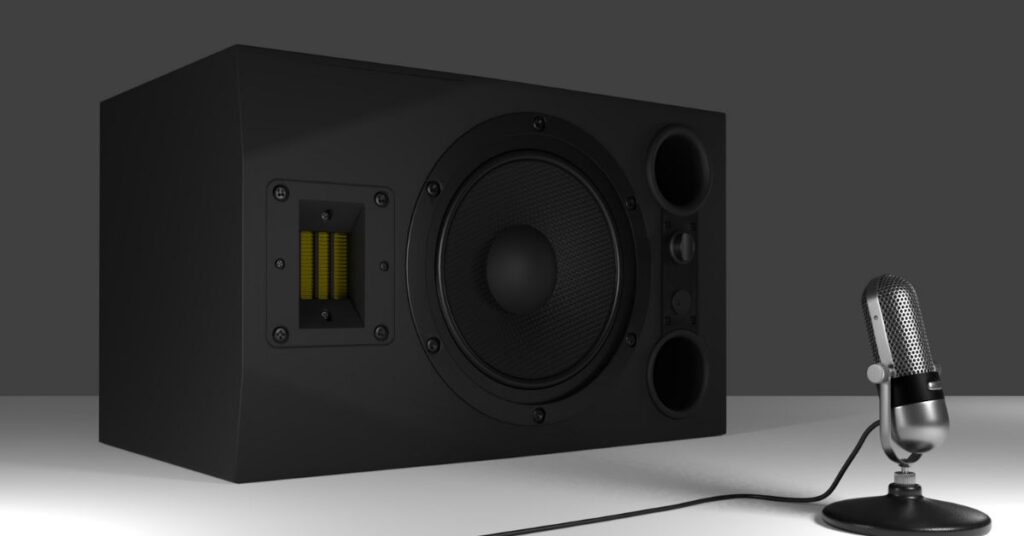Mono vs. Stereo Vinyl Records: Which Sounds Better?
On the journey of collecting vinyl records, you may often come across the terms mono and stereo records. If you are an audio enthusiast, knowing the difference between these terms can help to make choices easily.
In this guide, we will explore what mono and audio sound mean and what makes their application in vinyl records so special, and will also check which is better.
To understand the differences better, first we need to know the meaning of audio channels. The audio channel is the way of sound communication representing the transportation of audio signals from a single point. So, recording on a microphone can deliver a single channel of audio and single speaker can produce a one channel of audio. Now think of headphones, they have two speakers, left and right, music we hear on headphones are mixed in such a way that it gives output in two channels.

What is Mono sound?
Mono sound, short for monaural, refers to audio that is transmitted through a single channel. In this format, all elements of a track, such as drums, vocals, and instruments are amalgamated into one channel.
Mono sound is created by capturing audio using a single microphone or audio channel. For instance, recording a song on a mobile phone’s microphone results in a mono audio recording.

This simplicity of a single channel can have practical applications, especially in early recording technologies, but it lacks the spatial depth found in stereo or surround sound formats
What is a Stereo sound?
The stereophonic or simply stereo sound is the dual channel audio. The stereo music is played on two channels or speakers also they are recorded using two microphones.
In stereo recordings, elements of the tracks are separated and assigned to specific channels. For instance, when enjoying music on headphones, you would listen to different drum beats on the left and right speakers of the headphone.

Stereo is based on the concept of sound localization which uses the human capability to perceive sound in space. It captures the depth and space of sound, and gives the impression of how we naturally hear in the real world. It’s like bringing a live concert into your ears.
Stereo sound is like having two separate music players playing at the same time—one for your left ear and one for your right. It creates a 3D sound effect as we perceive audio in real-world scenarios.
Mono vs Stereo Vinyl Records: Comparison in Detail
The love of vinyl records among people has not faded even in this age of digital music. The legacy of music recording resides in vinyl. Here, we are exploring the basic differences between mono and stereo records based on the following points:
1. History:
The history of vinyl records starts with the mono recordings that was originated with the phonograph and dominated the first half of the 20th century and at that time wider grooved shellac records were popular. Stereo experiments began in the 1930s, with the first stereo album released in 1957. As stereo gained popularity, record labels phased out the mono production.
2. Structure(Grooves):
Mono record grooves are laterally engraved and the stylus moves side-to-side where whereas stereo record grooves are laterally as well as vertically engraved so the stylus runs side-to-side and up-down, producing two channels in one groove.
3. Sound Quality:
Mono records deliver punchier and louder lower frequencies. Stereos offer more realistic, immersive sound, providing a sense of spatial depth.

4. Price:
Mono records are cheaper to produce than stereo, making them common for hobbyists and early career artists.
5. Availability:
Mono’s were popular until the 1960s. With the rise of stereo, all record labels and music bands shifted to stereo formats, which remains the most popular music format even today. Old mono records from the ’50s or ’60s can still be found, but modern albums are mostly printed in stereo, and are easily available.
6. Compatibility:
Mono’s require only one speaker, while stereos need two for optimal audio positioning. Playing mono recordings on multiple speakers produces the same sound from each. Stereo recordings are more complex, with the left channel playing different elements than the right, for example, the left channel has the main guitar and the right, acoustic guitar sound effect.
7. Complexity:
Stereo records are more complex to mix and produce than mono, which requires precise mic placement and equalization, with a cutting process that involves lateral and vertical cuts, requiring precision.
Can old mono vinyl records be played on modern turntables?
Certainly! Modern turntables can play mono vinyl records, but there are some conditions we need to consider. Standard cartridges on modern turntables are built for stereo records. Playing mono records with these cartridges can damage it and might result in a less vibrant sound.
Fortunately, there are dedicated mono cartridges available in the market, designed specifically to play mono records.
However, it’s worth noting that shellac records, with wider grooves and a playing speed of 78 RPM, pose a challenge. These older records may be difficult to play on standard modern turntables, requiring specialized equipment for proper playback.
Which is better mono or stereo?
There is a lot of buzz around, mono is better than stereo and vice-versa. But the choice depends on the individual taste and use case.
Some people enjoy the simplicity and historical delight of mono recordings which are punchier and louder, while other embraces the rich, immersive, and dynamic musical experience of stereo records. Modern music is mostly produced in stereo.
Also, both formats are equally embraced by audiophiles as they reflect the evolution of recording technologies.
FAQ’s
Often it is specified, but if it is not, the easiest way is to listen to that record on headphones and you can determine whether it is mono or stereo.